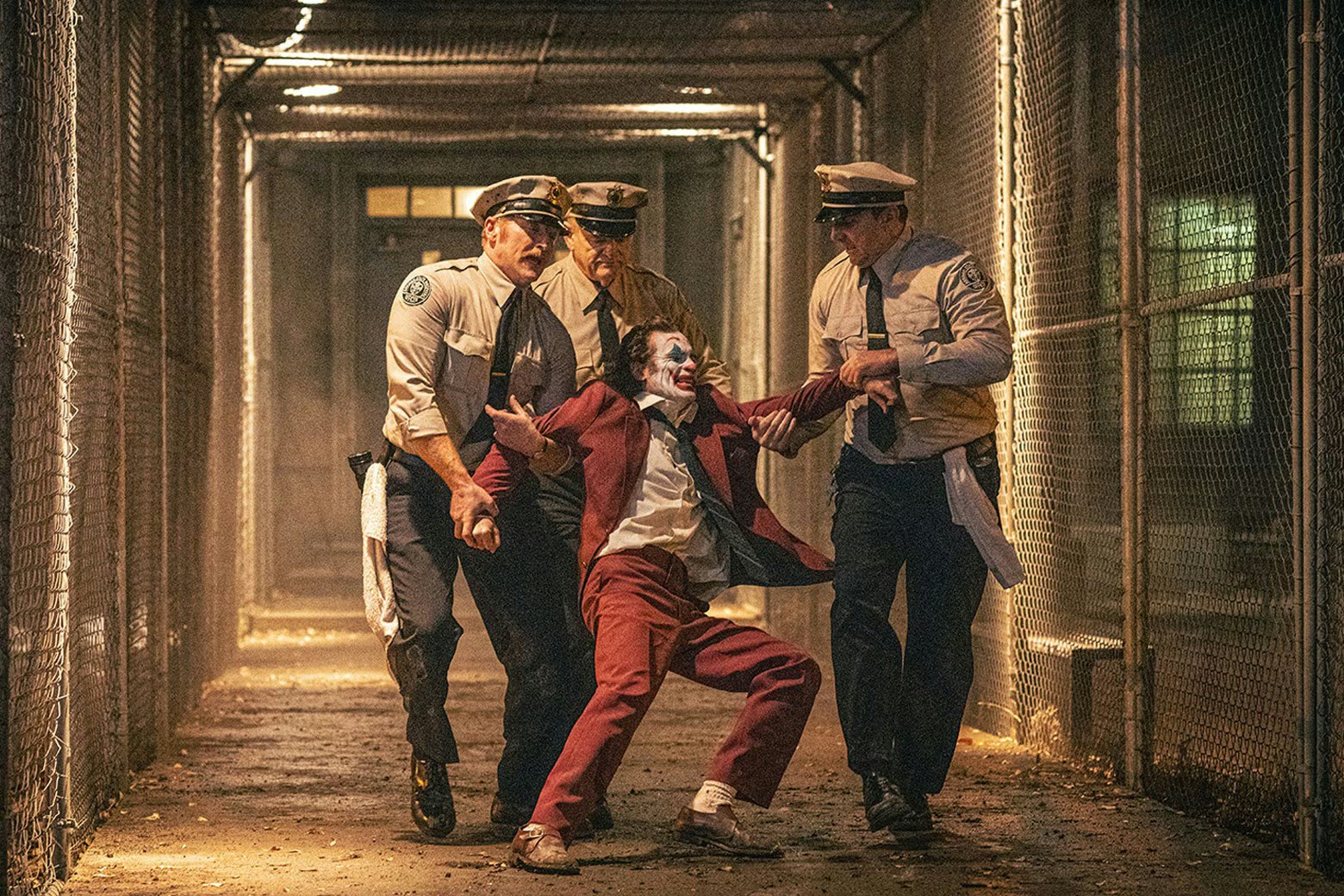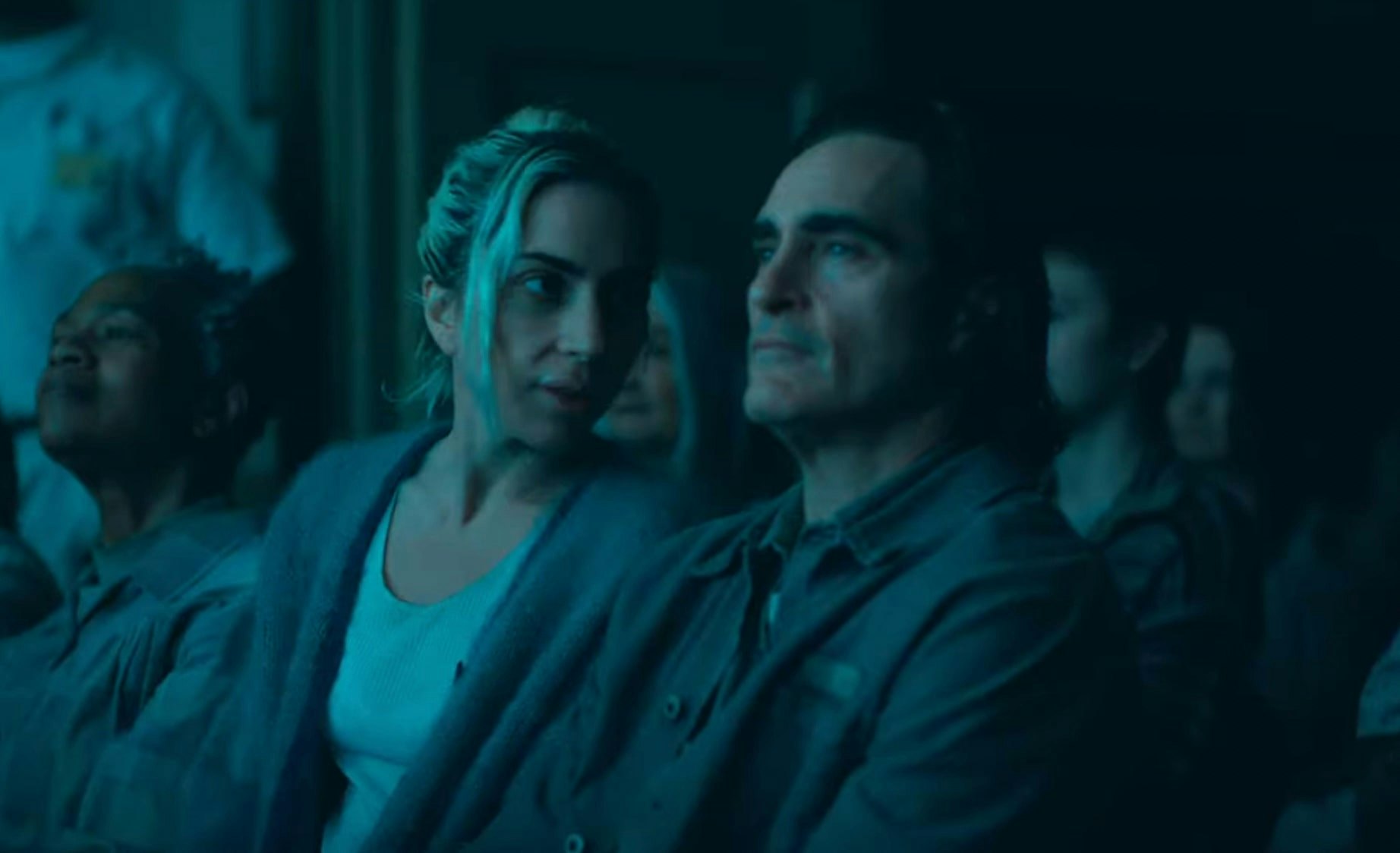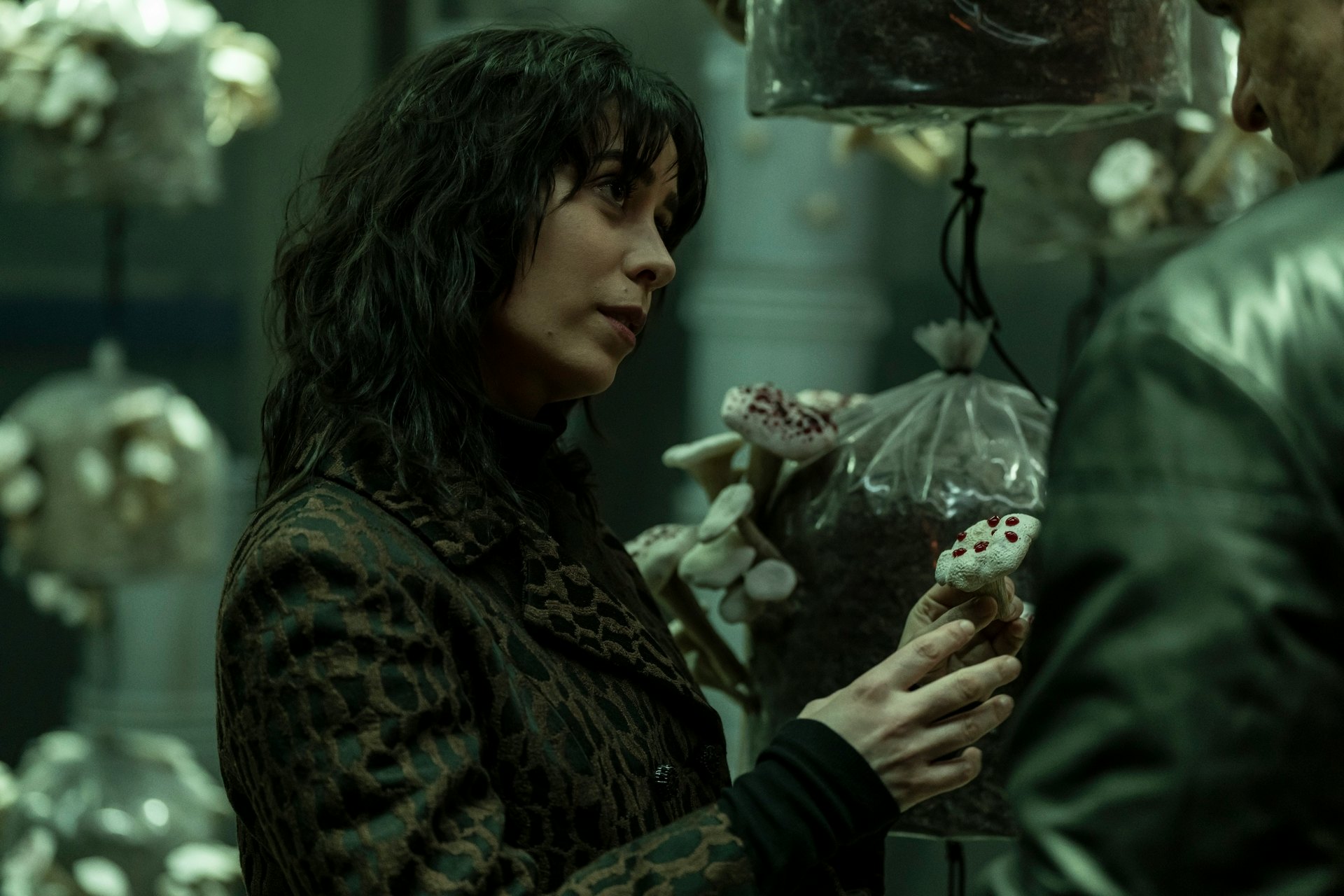
Arkham Asylum is as intrinsic to Joker’s story as the Batcave is to Batman’s. It’s the toxic environment where he grew into the villain we know today and one of the few places he can reliably call home — even if he’s never locked up too long before he manages to escape. There have been countless portrayals of Arkham throughout the years, but right now, we’re getting two very different versions of Gotham’s most notorious prison.
In Joker: Folie à Deux, Arkham is the grungy facility where Arthur Fleck (Joaquin Phoenix) lives in Shawshank-style squalor except for the few hours he’s allowed in the minimum security section of the facility. In The Penguin, Arkham is the place that broke Sofia Falcone (Cristin Milioti), made her into the crime boss she is today, and armed her with a dangerous new weapon.
While the two takes on the institution update it for a new era — in both instances, it’s “Arkham State Hospital,” not “Arkham Asylum” — The Penguin manages to do something Joker 2 completely missed.
A Tale of Two and Arkhams

In Joker 2, Arkham is shown as an underfunded state hospital, but the issue isn’t the facilities (though to be fair, those are pretty rough) as much as the people in charge. It’s the officers who decide Arthur Fleck can have a cigarette if he tells a joke, let him use the phone, and get him into the music class where he meets Lee. Just the fact there is a music class and even movie nights proves this is a (again, relatively) humane treatment facility.
It’s not until Arthur embraces the Joker persona that the officers turn against him, making his time as an inmate unbearable and even assaulting him. The problem is not shown to be Arkham itself. In fact, we see that if you behave yourself, you could even earn nicer treatment. Instead, the issues lie in “bad apple” correction officers.
Meanwhile, Arkham is only briefly shown in The Penguin but is constantly referred to as almost a living hell. “It was humiliating… being turned into a thing,” Sofia Falcone says in Episode 1. “But after a while, I just started to think, ‘Well what’s it matter? There’s nothing left anyway.’” The issue isn’t the guards, it’s the broad treatment of the patients.

That’s only underlined in Episode 3 when we learn about “Bliss,” the new hallucinogen Oz and Sofia are introducing to Gotham’s seedy underbelly. Derived from the bleeding tooth fungus (a real species of mushroom), Bliss wasn’t designed to keep ravers going for hours on the dance floor. Sofia actually has first-hand knowledge of Bliss’s power. It was part of her treatment in Arkham.
“It made us content, submissive,” she says. “Any pain that we had just floated away, allowing us to forget where we were.”
The problem with The Penguin’s version of Arkham isn’t the staff, it’s the very idea of the prison system itself. The HBO shows offers what Joker 2 fails to provide: a takedown of the mental health and incarceration industries. When Sofia was in Arkham, she wasn’t cozying up to the guards for cigarettes and going to music class, she was medicated out of her mind and lost all hope as a human being.
It’s a shame that Joker Folie a Deux can’t make those same connections, but at least we have The Penguin to actually say something interesting about the world that gave us both Batman and the Joker.







